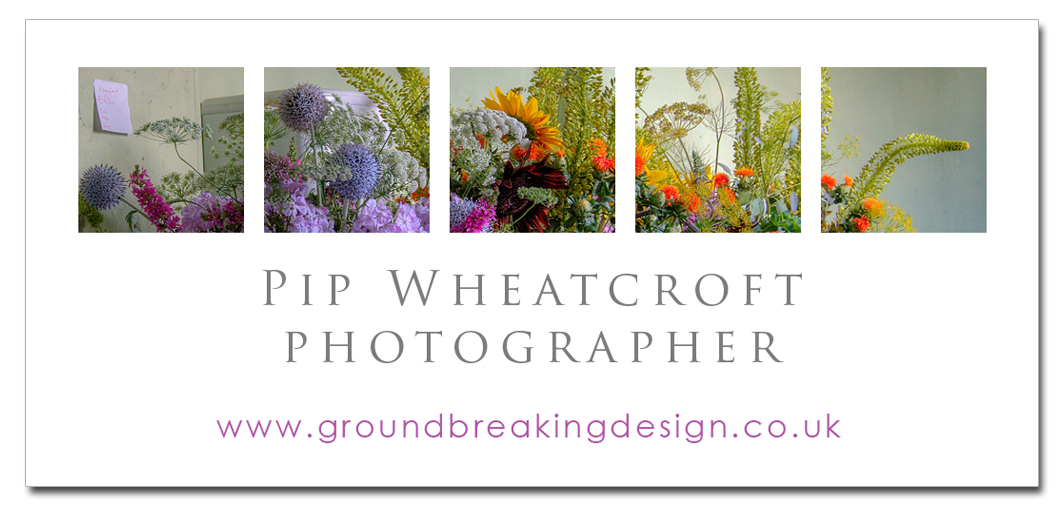The right hand of a retired miner who lost two
fingers rescuing a colleague
Hands.fingers rescuing a colleague
A hand is a prehensile, multi-fingered body part normally located at the end of an arm or forelimb of a primate. This ability to grasp marks us out from many other species.
Hands are the chief organs for physically manipulating the environment, used for both gross motor skills like digging a hole to plant a tree and fine motor skills such as writing the Lord’s Prayer in a pin head. The owner of the hand pictured is a now the grave digger for Measham. The fingertips contain some of the most dense areas of nerve endings on the whole body. They give us the richest source of tactile feedback, and have the greatest positioning capability of the body; thus the sense of touch is intimately associated with hands.
We can be hurt by hands or healed by hands. Like other paired organs (eyes, ears, legs), each hand is dominantly controlled by the opposing brain hemisphere, and thus handedness, or preferred hand choice for single-handed activities such as writing with a pen, reflects a significant individual trait.
The hands play a large part in body language, transmitting numerous non-verbal communication cues. It is estimated up to 70% of meanings transmitted between people are conveyed by body language.
The purpose of this theme is to understand more closely how body language, particularly in relation to hands, works and how including the hands in a picture can tell us much more about the person, elevating it from a photograph to a portrait. The applications are to improve my portraiture photography and the ultimate aim is to produce pictures which could be of use for an Osteopathic web site.
I am particularly impressed by the work of Karsh. Also from the medical photography by DS Wilkinson whose strengths in tact and sensitivity as well as technical ability led to him contributing towards many research papers and medical literature.
Work is to include studio lighting and natural daylight.
Equipment:
Nikon D90. Nikkor 18-105mm f/3.5-5.6G ED VR
Nikon SB 600 Speedlight
Home studio with various backdrops and moveable wall.
Bowens Esprit 500 Lamps borrowed from college with Spill Kills, umbrellas, stands and cables.
Sekonic L308S Lightmeter.
Velbon Delta Tripod
Nikon Remote
Documentation:
Client Brief Form for Web Site Application
Model Release Form
Health and Safety Risk Assessment

Picture added after comment. Seeing the pattern repetition down the line of the knuckles, held together by the dumbell ends. The diagonal line of book supports and underlines. Closer inspection reveals deviation from the norm ie. lost fingers not immediately obvious because of the line through remaining fingertips.


Hi
ReplyDeletethis as we discussed is a strong idea, a bit like the lollipop man image which has little meanings hidden in it as we start to question what we are looking at.
PS this would look good in b/w, try it.
steve
Hi
ReplyDelete17th March blog entry clear statement P1
Steve